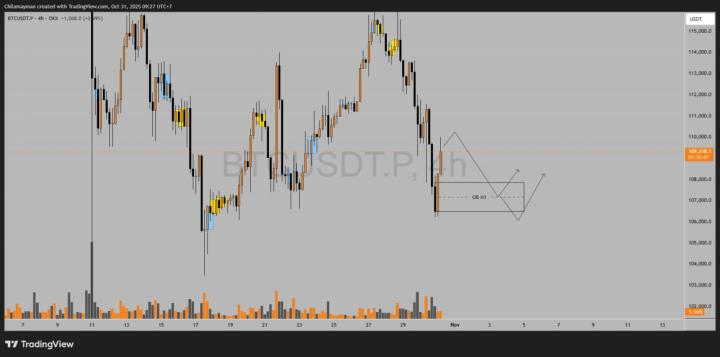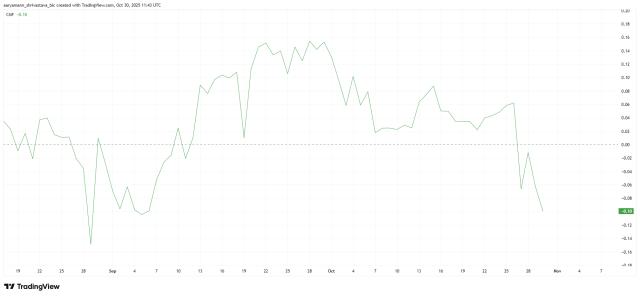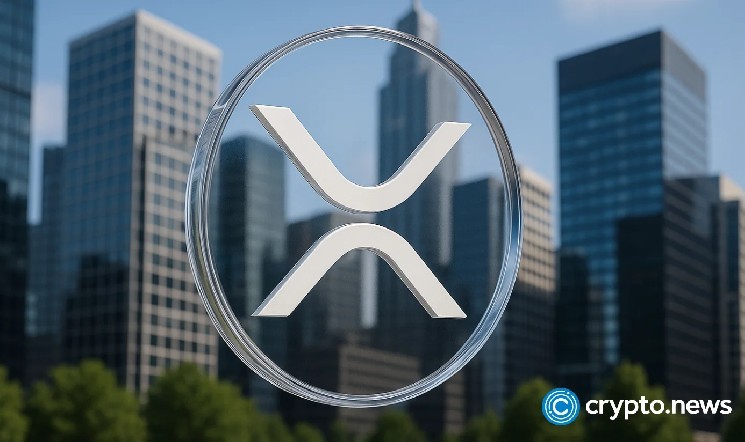As artificial intelligence and content production enter a period of exponential growth, creation and modeling have long transcended the realm of works, becoming a new generation of digital production factors. In fact, with the explosive growth of global information, the Web2 world still lacks the right to identify, measure, and monetize these content elements, making creative activity often unable to form a sustainable economic cycle. CodexField was created to address this dilemma.
CodexField is a Web3-native assetization protocol for content creators and AI developers. Its core goal is to make structured content—such as code, models, prompts, corpora, and images—identifiable as assets with verifiable, measurable, and rewardable properties. By introducing on-chain ownership confirmation, programmable authorization, and verifiable settlement mechanisms, CodexField transforms content from data objects into financialized objects, enabling creative activities to circulate, be priced, and profitably distributed across the network as assets.
CodexField's system architecture supports value capture and liquidity for content assets. It manages content asset registration, revenue tracking, and profit-sharing settlement, and implements automated liquidation through multi-party collaboration through smart contracts. The platform is compatible with multiple chains and storage networks, including BNB Chain, Ethereum, Solana, and Greenfield, ensuring consistent ownership and verifiable settlement of content assets across multiple chains.
Currently, CodexField has initially built three major ecological components:
Gitd toolchain: allows developers to complete content on-chain, authorization definition, and revenue linkage within the familiar Git workflow;
CodexField Marketplace: Serves as a portal for listing and distributing content and models, allowing creators to directly define commercial licensing and subscription methods;
Model Fabric module: Unifies the management of AI model registration, training, inference, and profit sharing processes, realizing the assetization of model production capacity.
Together, these components form the protocol foundation of CodexField, enabling the "content as asset" logic to be implemented in real-world systems. It serves as both a developer tool and institutional infrastructure, providing a complete technical path from property rights confirmation to revenue generation.
In such a system centered on "content as an asset," the $CODEX token has become the key engine driving the economic cycle. It serves as both a circulation medium, an incentive unit, and a settlement vehicle for the system, providing the underlying driving force for the sustainable growth of the entire content economy.
An economic ecosystem centered around the $CODEX token
The $CODEX token is the economic core that drives this system. It serves as both the settlement medium and the anchor for governance and incentives, forming a stable value cycle between content ownership, model deployment, and revenue distribution.
In the CodexField system, the functions of $CODEX tokens are clearly divided into three levels: settlement and measurement, governance and mortgage, and incentives and bandwidth.
First, $CODEX is the system's default payment and settlement unit.
In the CodexField system, all content access, model training, subscription, and re-licensing activities are priced and settled in $CODEX. When a user accesses content or models, the system automatically generates a call receipt based on usage, and payment is settled in $CODEX. This mechanism allows the value of content and computing power to be measured in real time, providing a foundation for auditability and traceability of economic activities.
Secondly, CODEX assumes both governance and mortgage functions.
Token holders can stake their tokens into the governance pool, participating in the parameter setting of revenue routing and protocol governance decisions. Staking not only reflects the participant's equity position in the ecosystem, but also affects the weight of revenue distribution and the priority of system incentives.
At the same time, $CODEX itself also assumes incentive and bandwidth functions.
By staking $CODEX, developers or platforms can obtain higher call priority, computing power and bandwidth quotas, and increased revenue weight. For high-frequency users, this mechanism not only guarantees resources but also incentivizes long-term participation.
Therefore, the functional structure of the $CODEX token runs through the three dimensions of "production, use, and governance". It is not only the fuel for the content economy, but also the equity certificate of ecological participants.
Self-driven value cycle
CodexField's revenue model is built around the principle of "charge upon invocation, profit upon usage." Every content invocation or model training in the system generates a verifiable economic event, triggering the settlement and destruction of $CODEX.
The agreement will distribute this revenue proportionally to multiple paths:
Creators and content providers receive primary revenue, execution and verification nodes receive service rewards, and the governance pool receives maintenance and development funds. This design creates a positive cycle of "multi-role participation" on the distribution side, leading to a simultaneous increase in ecosystem growth and token demand.
At the same time, the system incorporates a long-term deflationary model. As call volume increases, a portion of $CODEX payments are automatically destroyed during settlement, reducing the circulating supply. Because the scale of the destruction is tied to usage, ecosystem expansion itself becomes an inherent mechanism driving token scarcity. This "usage-driven deflation" structure strongly ties $CODEX's long-term value to the protocol's actual usage, avoiding the "inflated demand" problem common in early-stage projects.
Pricing power in the content economy
From a market perspective, $CODEX is not only a settlement token but also represents the pricing power for content and computing power within the CodexField ecosystem. Its price is directly correlated with ecosystem activity: as the amount of content on-chain, model usage, and profit sharing increases, settlement demand rises, while the amount of $CODEX available for circulation in the market decreases accordingly, creating a positive feedback loop between supply and demand.
This structure means that the market value of $CODEX will rely more on the actual use of the protocol and the scale of content reuse, rather than simply on trading speculation. As the number of content assets grows, licensing relationships become more complex, and model reuse increases, demand for $CODEX will show a structural growth trend.
From an economic perspective, this protocol-native demand is more sustainable than traditional incentive-based inflation mechanisms. It doesn't rely on short-term mining or subsidies, but rather is driven by the system's inherent usage logic. Therefore, the more active the CodexField ecosystem, the more robust the $CODEX economic model, and the more its token value reflects actual network usage.
The golden period of content financialization
In fact, the economic development of digital content and AI models is rapidly accelerating globally. According to Statista, the global digital content market is projected to exceed $1.2 trillion by 2030, while PwC's "Global AI Outlook" report indicates that the total market for AI models and related applications will reach $2.8 trillion during the same period. In this context of continued expansion, if even just 1% of creations, models, and licensing transactions are authenticated and settled on-chain, the potential circulation of CodexField will exceed tens of billions of dollars. This means that content assetization is a substantial capitalization track.
From data economy to content finance
In the previous cycle, the core narrative of the Web3 ecosystem was "data ownership." Protocols like Arweave, Ocean Protocol, and Filecoin laid the underlying standards for "storage, access, and verification." However, with the rapid growth of AI models and content generation, the industry's focus is shifting from "data preservation" to "value settlement."
CodexField stands at a new turning point, extending even deeper into the value settlement layer, enabling every content usage, model call, and even secondary derivative behavior to generate verifiable economic events. This means that CodexField carries the entire "accounting system for the content economy." As a result, the $CODEX token naturally possesses the triple functions of pricing, settlement, and governance, with its value anchored in the settlement volume of real business.
If we measure this market from the perspective of financialization, the potential space is very impressive:
Assuming that only 1% of the $4 trillion global digital content and AI model market is on-chain and settled using the $CODEX system, the corresponding annualized trading and settlement volume will reach $40 billion;
Based on the current average valuation multiple of 10–20× P/F (market capitalization/protocol annual revenue) for Web3 infrastructure protocols, the corresponding reasonable valuation range is approximately US$4–8 billion;
Even under conservative assumptions (capturing only 0.25% of market traffic), CodexField’s potential valuation could still reach over US$1 billion, placing it in the unicorn range.
In the short term, CodexField's growth will primarily depend on the speed of ecosystem implementation, including the scaled adoption of the Gitd toolchain and Marketplace. In the medium term, as Model Fabric and multi-chain deployments mature, the protocol layer will usher in a surge in content ownership and model settlement. In the long term, CodexField may evolve into a bridge between AI and Web3, enabling content assets to be measured and circulated with the same capabilities as financial assets.
In a world where content and models can be quantified, ownership confirmed, and profits distributed, the long-term value logic of $CODEX will be detached from narrative and tied to economic activity itself. It represents the underlying settlement currency for the future financialization of content.






